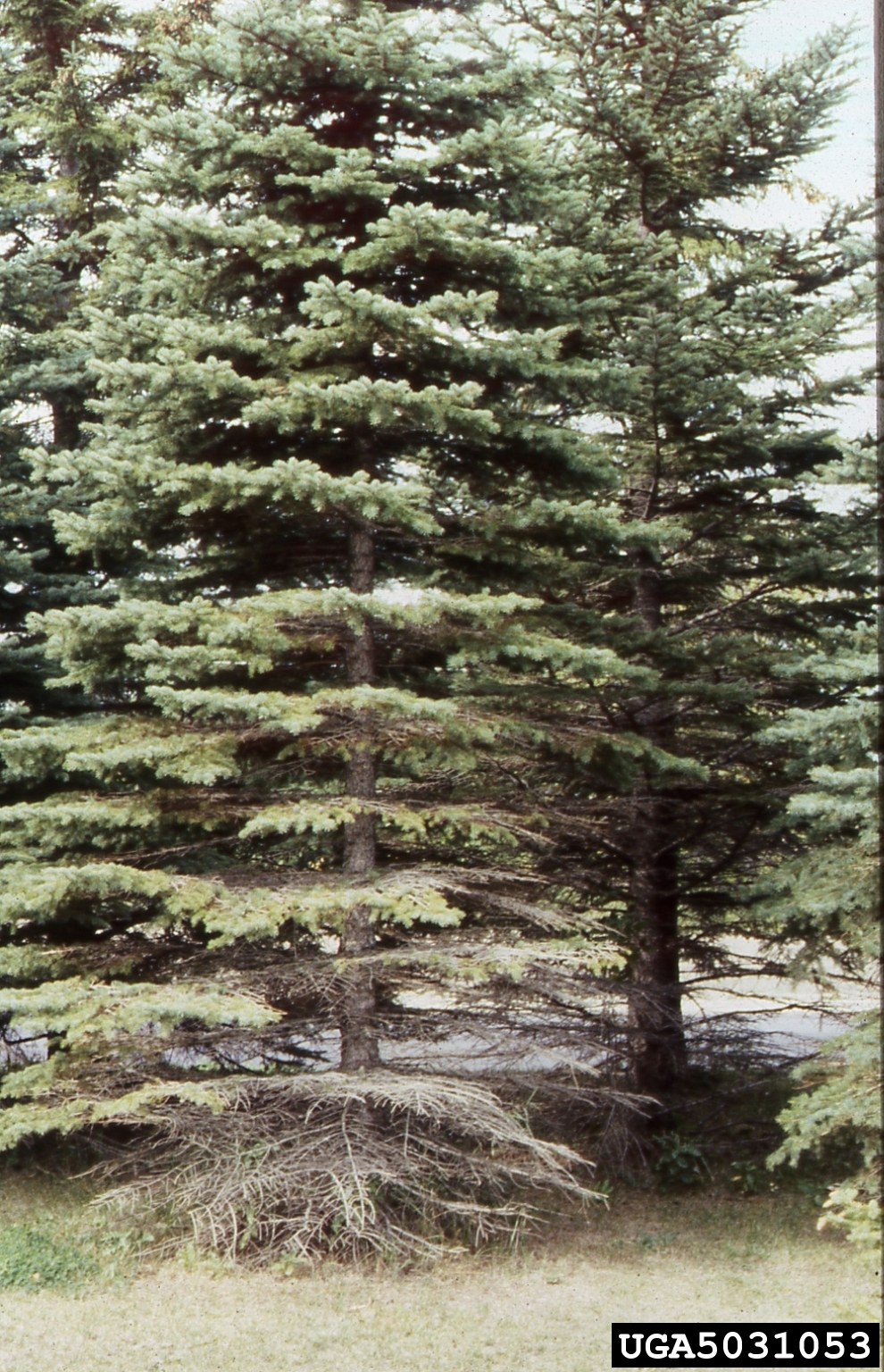Garden health evaluation – Part 2
Differences in plant problem discovery time and appropriate treatment time.

In “Garden health evaluation – Part 1,” I discussed evaluating your gardening practices and plant health at the end of the season. I noted that it is not uncommon to recognize issues after the window for optimal treatment has passed, but this could provide an opportunity to plan and prevent issues the following growing season. A gardener’s best means of combating pest issues lies in careful scouting and plant monitoring season-long, accurate issue identification and science-based treatments.
Early detection and treatment are critical for managing many plant health issues, especially when it comes to living pests like insects and pathogens. To illustrate the importance of timing, I included some examples below that have come up for me in advising clients.
Example 1: Apple scab on crabapple trees
You might not notice that your crabapple tree has an issue until you get early defoliation in late summer or early fall. You might have even noticed the early defoliation several years in a row but have not determined the cause. A likely culprit is apple scab disease, which is caused by a fungal infection that begins in spring and extends throughout the growing season, sometimes causing defoliation.
Apple scab must be treated preventatively with fungicides applied to protect leaf tissue as it emerges in spring. Once apple scab lesions become established, there are no fungicides that can burn out the disease or restore the health of the leaf.
Example 2: Needlecast on spruce
A very commonly-asked-about issue that also requires preventative spring treatment is needlecast on spruce. As the growing season gets going, people might notice that their spruce trees are shedding needles, exposing the branches below and giving a sickly appearance. One common cause of needle drop on spruce is the disease Rhizosphaera needlecast.
Again, to effectively manage the disease the tree must be sprayed to prevent or limit fungal infection in the spring when new spruce needles are growing. Young, new needles are highly susceptible to Rhizosphaera needlecast. Though later season sprays can limit the severity of overall tree infection, they cannot cure existing infections because the fungus has already become established on needle tissue.

Example 3: Sawflies on roses
In the insect realm, pest insects that feed on plants are usually more vulnerable to control measures when they are young, particularly in the larval stage. Like with the fungal diseases, you may not notice insect damage from small pests until it is severe. Rose slug sawflies, for example, are small, green and may be hard to spot, until you notice that your rose leaves are skeletonized.
Once you discover and identify the pest though, you can look out for it next year and spray an insecticide like insecticidal soap, horticultural oil or a product with the active ingredient spinosad during spring when the sawfly larvae are young and before they have had as much time to create feeding damage on your plants. You may have to make multiple applications of contact insecticides for certain sawflies due to their protracted emergence caused by multiple generations. Monitor your plants for injury throughout the season and always read and follow all pesticide label directions for correct use.
It is critical to properly identify your pest before taking treatment action. Sawfly larvae can be mistaken for butterfly or moth caterpillars, which can be treated with biocontrol products with the bacterium Bacillus thuringiensis (Bt), while sawfly larvae cannot be treated with this product because of their differences in biology.

Not all pest control needs to be done in the spring, but you can start seeing how timing and prevention when thinking about pest control is important to optimizing management. Scouting and monitoring to catch and prevent problems early is key. Then, be a smart gardener and use the appropriate management practices based on known pest issues and plant and pest life cycles.



 Print
Print Email
Email